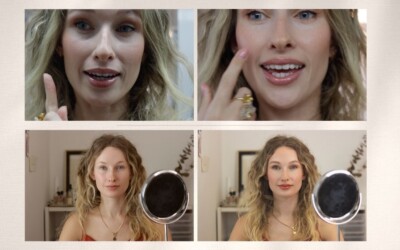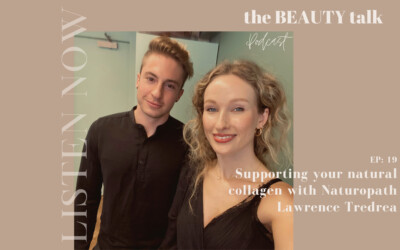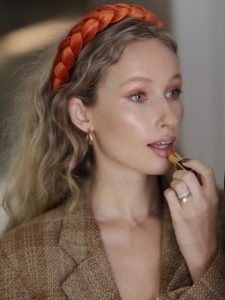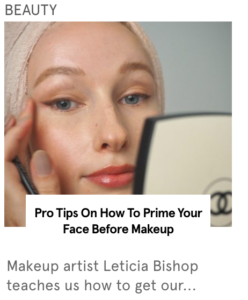Retinol has been proven to stimulate collagen, decrease wrinkles, support cellular turnover, ease acne and fade pigmentation. Sounds like a miracle, right? Well, it almost is!
Retinol has been around on the skin scene for a while now and there’s a whole lot of information and miss-information out there. Everyone seems to have a different opinion about strength, formula, time of application etc. I’m going to try and point you in the right direction, so we can learn from the experts.
What is Vitamin A (retinol)
Vitamin A is a blanket name for a group of fat-soluble retinoids. It has a key role in the body’s immune function, vision, reproduction, and cellular communication. When topically administered, the skin responds by stimulating the production of fresh new cells.
How does retinol help?
In short, it helps with collagen production and cell turnover, thus giving all those attractive benefits mentioned above. I’ll leave it to Michelle from Lab Muffin, who has a chemistry PhD and is a science educator, to explain it – she can do a far better then I can! Read her retinol fact check here.
Which types of retinol are available for skin
To make matters confusing, there are different types of retinol available; ranging from over the counter to prescription strength. This video by Medik8, gives a clear explanation on the types of vitamin A (after around 4 minutes), it then goes onto the brand’s products – continue watching if you wish, it’s quite interesting!
Another good explanation is here on the WELL + GOOD site, asking dermatologists the difference. Basically it’s broken down to over-the-counter retinols; retinol, retinaldehyde, and retinyl esters. Along with the prescription-strength retinoids; tretinoin, adapalene, tazarotene, and the new one trifarotene.
How to use your retinol product
Before you start using vitamin A, it’s vital to know how to use it, and where it fits in your skin routine. For this, I’m directing you to skin queen Caroline Hirons, for her ‘cheat sheet’ on retinol use. Sticking to her MO, it’s clear and to the point – after reading I promise you will be fully clued up on how to use your vitamin A product.
PS: Don’t use vitamin A products during pregnancy.







